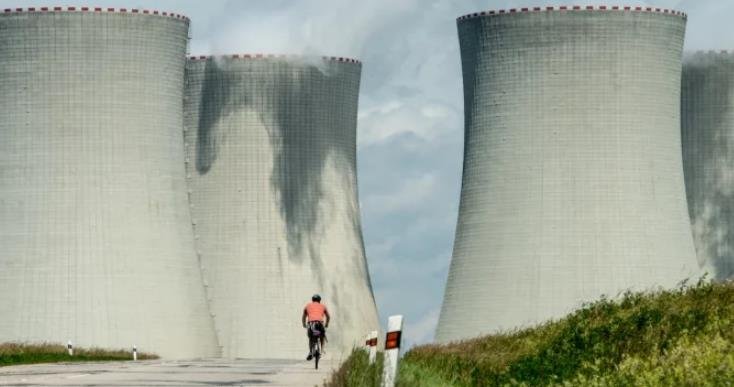The UK government is planning to launch a new financing scheme for nuclear energy projects, which will allow investors to receive a fixed return on their capital. The scheme, known as the regulated asset base (RAB) model, is expected to attract private funding for the construction of new nuclear power plants in the country.
What is the RAB model?
The RAB model is a financing mechanism that has been used for large infrastructure projects such as water, gas and electricity networks. Under this model, investors provide upfront capital for the project and receive a regulated return on their investment, which is determined by an independent regulator. The return is paid by the consumers of the service through their bills.
The RAB model aims to reduce the risk and uncertainty for investors, who would otherwise face delays, cost overruns and market fluctuations. The model also provides a stable and predictable revenue stream for the project developers, who can focus on delivering the project on time and on budget.

Why is the UK considering the RAB model for nuclear energy?
The UK has ambitious plans to decarbonise its electricity system by 2050, and nuclear energy is seen as a key component of its low-carbon energy mix. However, building new nuclear power plants is a complex and expensive endeavour, which requires a high level of capital investment and long-term commitment.
The UK’s current nuclear fleet is ageing and most of its reactors are due to retire by 2030. The only new nuclear project under construction in the UK is Hinkley Point C, which is being built by French state-owned company EDF with financial backing from China. The project has faced several challenges, including rising costs, delays and security concerns.
The UK government has been looking for alternative ways to finance new nuclear projects, as private investors have been reluctant to invest in such risky and capital-intensive ventures. The RAB model is one of the options that has been proposed by the nuclear industry and supported by some experts and stakeholders.
What are the benefits and challenges of the RAB model for nuclear energy?
The proponents of the RAB model argue that it can lower the cost of capital for new nuclear projects, as investors will be assured of a reasonable return on their investment. This can translate into lower costs for consumers in the long run, as well as greater certainty and transparency for both investors and consumers.
The RAB model can also enable more competition and diversity in the nuclear market, as it can attract new entrants and investors who may not have the financial capacity or expertise to undertake such large-scale projects. The model can also foster innovation and efficiency in the delivery of nuclear projects, as developers will have an incentive to minimise costs and maximise performance.
However, the RAB model also poses some challenges and risks for both investors and consumers. For investors, there is still a possibility of regulatory changes or political interference that could affect their returns or expose them to liabilities. For consumers, there is a risk of paying higher bills for services that are not yet delivered or may not be needed in the future.
The RAB model also requires a high level of trust and cooperation between the government, the regulator, the developers and the investors. The model depends on accurate estimates of costs and revenues, as well as robust mechanisms for oversight and accountability. The model also needs to balance the interests of different parties and ensure that risks and rewards are fairly shared.
What are the next steps for implementing the RAB model for nuclear energy?
The UK government has been consulting with the industry and other stakeholders on the design and implementation of the RAB model for nuclear energy since 2019. The government is expected to publish its final policy paper on the RAB model later this year, which will set out the details of how the scheme will work in practice.
The government has also been in talks with EDF about using the RAB model for its proposed Sizewell C project in Suffolk, which would be a replica of Hinkley Point C. The project is estimated to cost around £20 billion and provide 7% of the UK’s electricity needs. The government has indicated that it may take an equity stake in the project, alongside EDF and other investors.
The government has also expressed interest in supporting other new nuclear projects in the UK, such as small modular reactors (SMRs) and advanced modular reactors (AMRs), which are smaller and cheaper than conventional reactors. The government has allocated £385 million for research and development of these technologies, as well as £40 million for feasibility studies.
